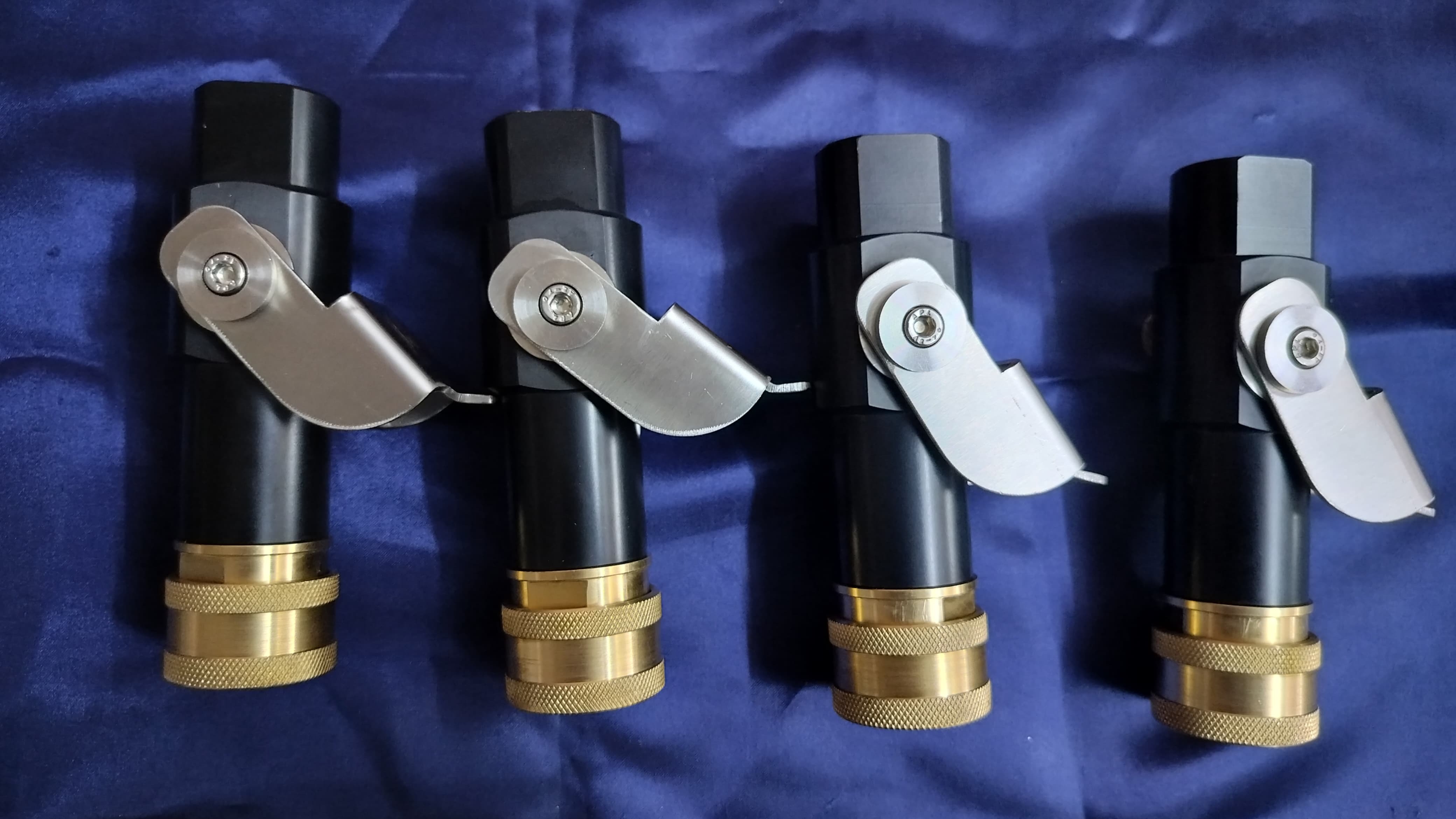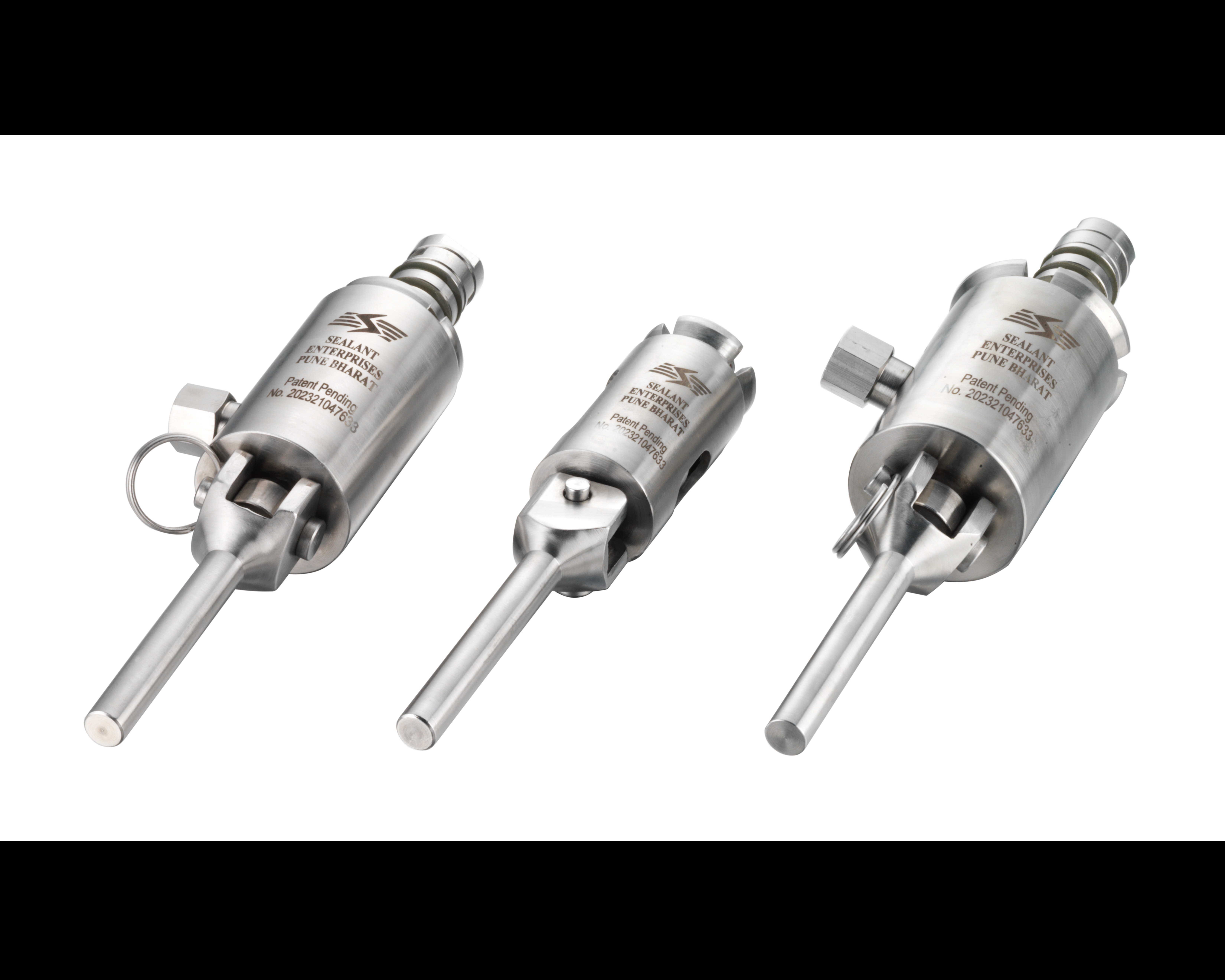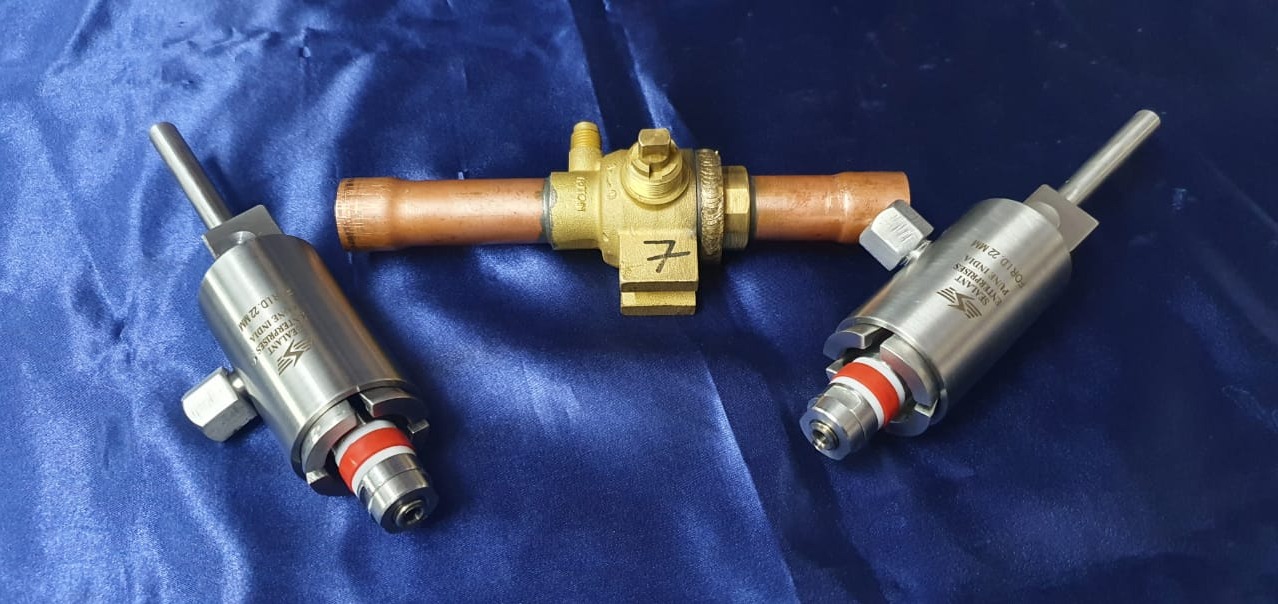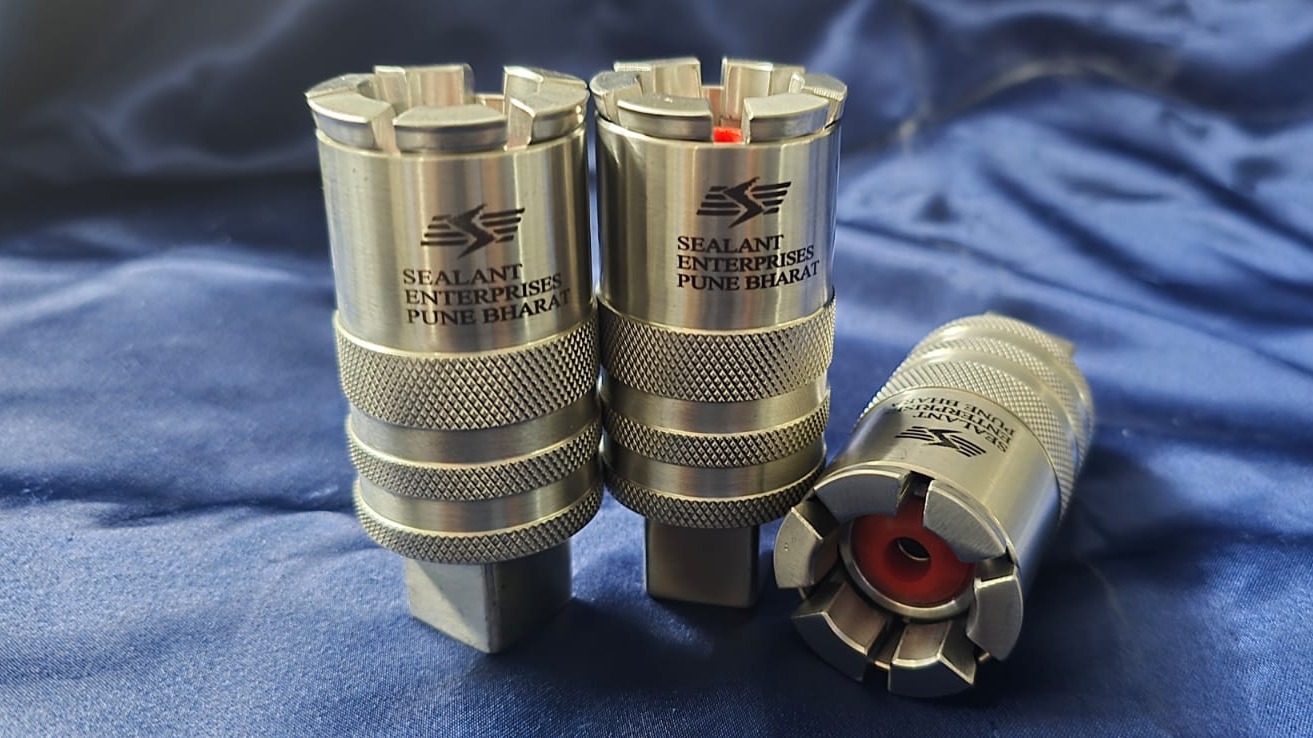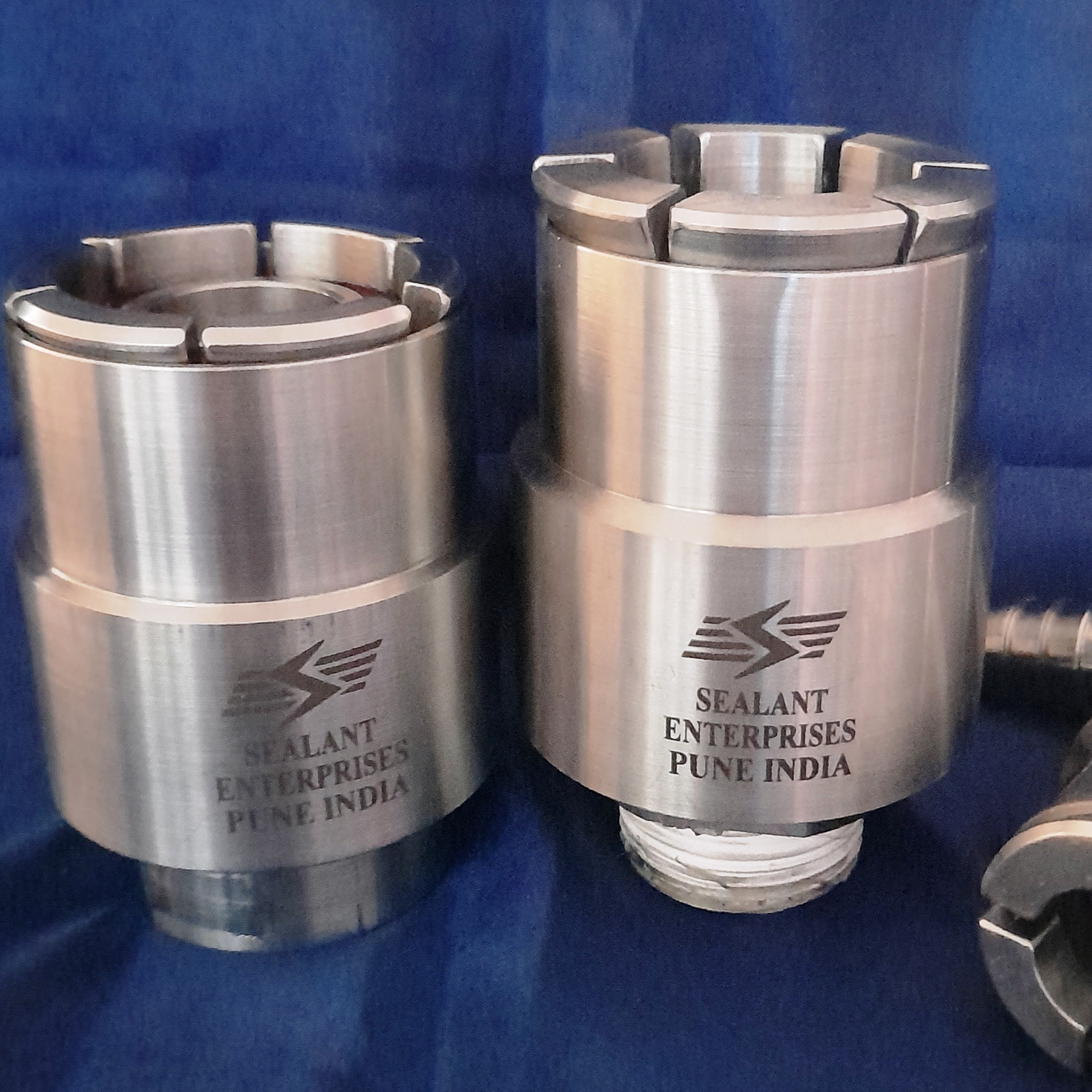
Leakage And Pressure Test Coupling
Our patented Single touch collet type coupling are used for leakage / Pressure testing of pipes, banjos, engine cylinders, thermostats, radiators, etc
A leakage and pressure test coupling is a device used in plumbing and piping systems to assess the integrity of the system by checking for leaks and ensuring it can withstand pressure. These couplings are commonly used during the installation or maintenance of pipelines, plumbing connections, and other fluid-carrying systems. Here's a brief overview of leakage and pressure test couplings:
1. **Purpose:** - **Leakage Testing:** To detect any leaks in a piping system, especially after installation or repairs. - **Pressure Testing:** To verify the system's ability to withstand pressure under normal operating conditions.
2. **Design:** - Leakage and pressure test couplings are typically designed with a removable cap or plug that allows access to the interior of the coupling. - The coupling may have a threaded or sealed connection, ensuring a tight seal during testing.
3. **Usage:** - **Leakage Test:** The coupling is installed at specific points in the piping system. After sealing the system, it is pressurized with air or water, and any leaks are identified by observing pressure drop or visual inspection. - **Pressure Test:** Similar to leakage testing, the system is pressurized to a level above its normal operating pressure to ensure its strength and durability.
4. **Installation:** - Leakage and pressure test couplings are often installed at strategic locations in the pipeline, such as connection points or critical sections. - The coupling is connected to the system using appropriate fittings, and the test is conducted according to industry standards and regulations.
5. **Materials:** - These couplings are typically made of materials compatible with the fluids in the system, such as stainless steel, brass, or other corrosion-resistant materials.
6. **Industry Standards:** - Depending on the application and location, leakage and pressure testing may need to comply with specific industry standards and codes to ensure safety and reliability.
7. **Safety Considerations:** - During pressure testing, safety precautions must be followed to prevent over-pressurization and potential hazards. Personnel should use appropriate safety gear and follow established procedures.
It's crucial to follow manufacturer guidelines, industry standards, and local regulations when using leakage and pressure test couplings to ensure the effectiveness and safety of the testing process. Additionally, consulting with a licensed professional plumber or engineer is recommended for complex or critical applications.
Keywords
tight seal
Leakage Test
pressure drop
piping systems
testing process
stainless steel
engine cylinders
Pressure testing
local regulations
connection points
visual inspection
sealed connection
safety precautions
Safety Considerations
critical applications
pressure test couplings
normal operating pressure
Single touch collet type coupling
